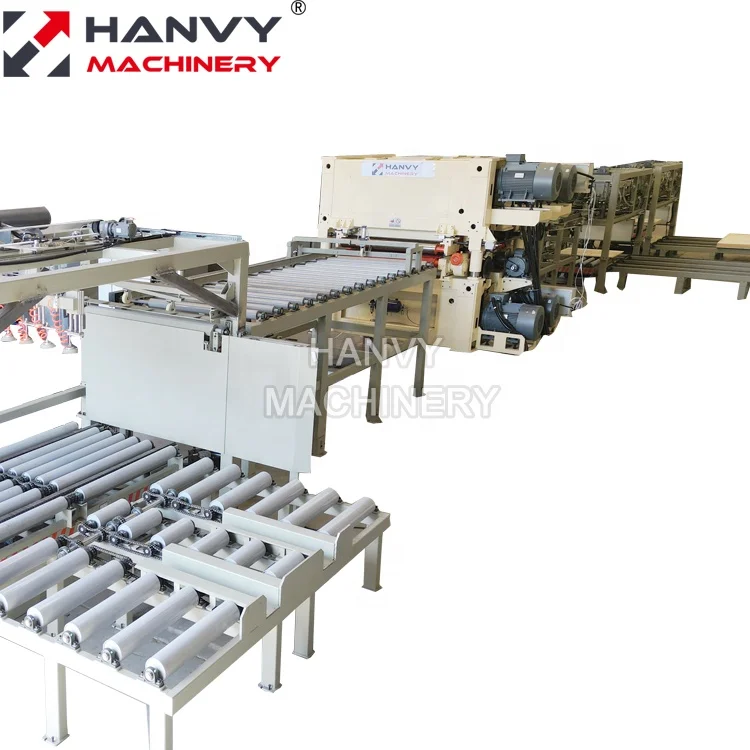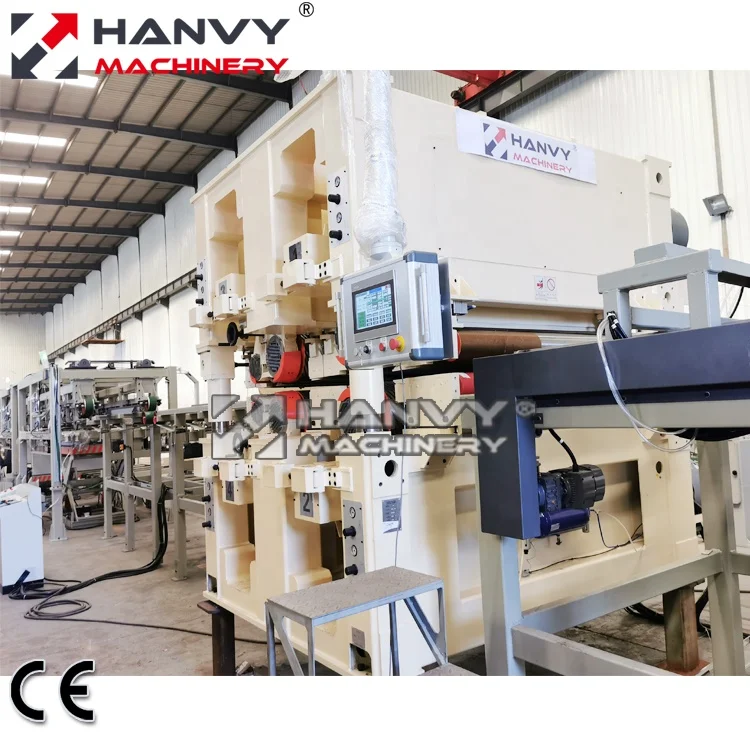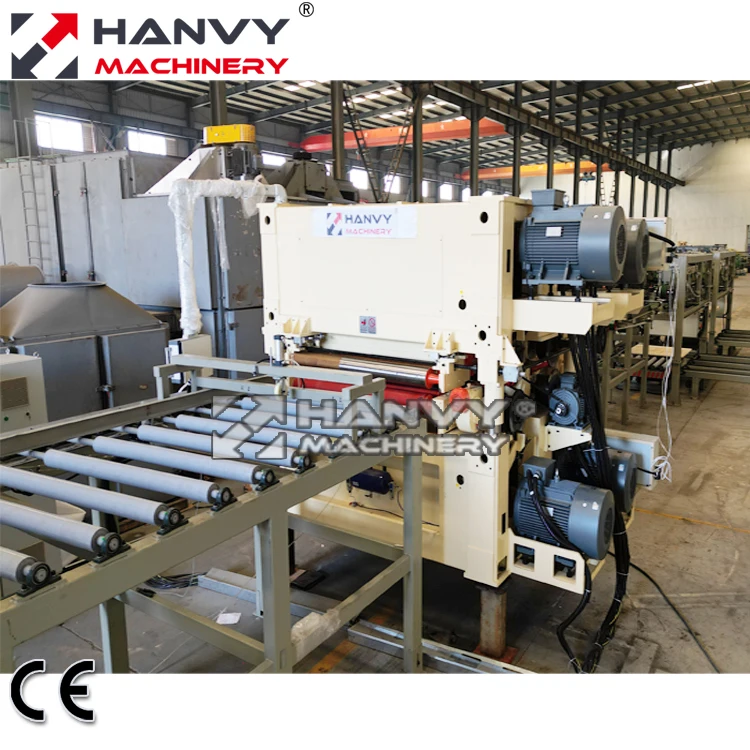Orbital sanders belong to the family of powerful elite tools which derive their power from electricity in order for them to spin disks/ belts on whichever surface they work upon. Their purpose is to smooth the rough parts of your plywood. A belt sander is another high-powered sanding tool. Belt sanders are good because they have the long, continuous belts which enables your ability to quickly scrub a large area of wood at once.
Belt Sander — Used for big pieces of plywood, like a tabletop or door. It will simply allow you to work more quickly and efficiently. Note: Make sure that you are working with the correct grit for your sander. GritThe grit of the sanding material. If the grit is too coarse, it can tear up your plywood and cause damage that will be difficult to repair.
Sanding might sound like a mundane job, but it has quite an important role to play in bringing the quality and professionalism into our wood projects. Sanding Before you stain is almost always necessary, and if done properly will make your wood surfaces look great. To get around this, you will need certain sanding tools to give a professional like finish.
When you get down to the sanding, regardless of which type if sander you opt for reach and every one is a joy in its own way remember always finish with the grain. When it says sand with the grain, this means that you are going to be dissecting in line with stretches of wood. Sanding with the grain, on other hand will prevent splinters and scuff marks that ruin your work.

Some plywood sheets might need more sanding than others. This may be a piece of plywood that is going to be used as subflooring or flooring and it will require more sanding than if the same piece were intended for use in building shelves, cabinets, etc. There is the distinction that several sanders are adjustable, which gives good speed variation style. This allows you to control how much wood is taken from the surface. This assists in sanding different categories of plywood or for light edge-sanding.

Sanding plywood for hours can really get to your hands, back and shoulders. The conditions of skin also do not match with the fabric and then can cause discomfort or fatigue. You need to be careful of these types because they can cause discomfort, put a strain on your hand or wrist as well decrease your productivity — and that is where the ergonomic sanders will come in.

Others take ergonomics up a notch such as the soft start that comes with some newer sanders. This means the sander does not jump immediately to its fastest speed and you can therefore get a feel for using it before going full throttle. Which can definitely help to avoid injuries and especially ones related with the hands or wrist when sanding plywood.